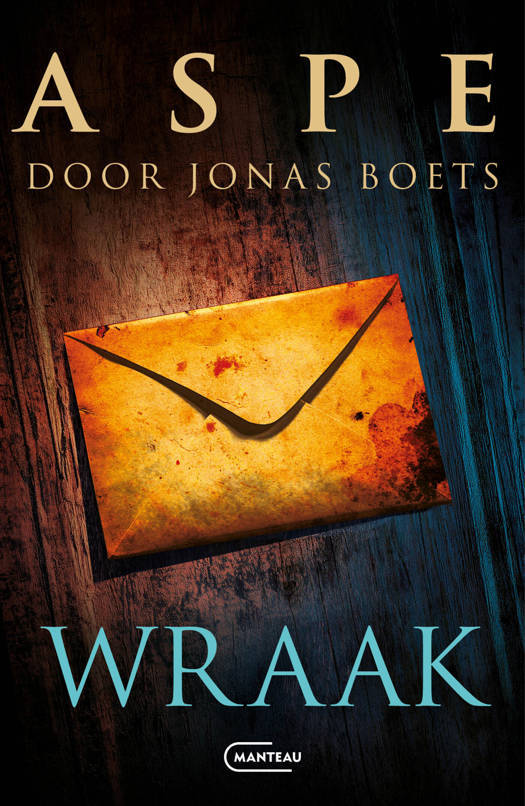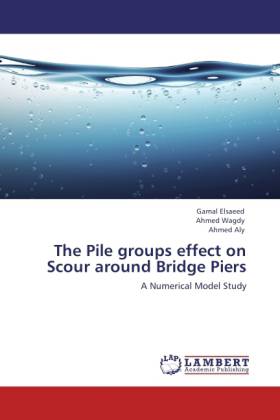
- Afhalen na 1 uur in een winkel met voorraad
- Gratis thuislevering in België vanaf € 30
- Ruim aanbod met 7 miljoen producten
- Afhalen na 1 uur in een winkel met voorraad
- Gratis thuislevering in België vanaf € 30
- Ruim aanbod met 7 miljoen producten
Zoeken
The Pile groups effect on Scour around Bridge Piers
A Numerical Model Study
Gamal Elsaeed, Ahmed Wagdy, Ahmed Aly
Paperback | Engels
€ 58,45
+ 116 punten
Omschrijving
Bridges are very important and crucial means of transport of fast growing cities, and are especially famous for crossing waterways. While the design for hydraulic and structural considerations is important to maintain a safety environment, the uncertainties of hydraulic predictions may often lead to overdosing resulting in additional costs, or possible failure. The most common cause of bridge failures is the local scour located around bridge piers; it is also great danger during floods and in the event of major environmental crises. It is important for the designer of the bridge foundation to understand the local scour phenomenon as this explains the maximum possible scours around bridge piers and abutments in order to create a safe and economic design. This research-study validates and explains a 3D computational fluid dynamic model(SSIIM) for local scours, by changing the pile numbers and spacing of pile groups for both the longitudinal and the transversal directions and comparing the scour hole depth for each case to have a better understanding for the effect of the pile groups arrangements on the scour around bridge piers.
Specificaties
Betrokkenen
- Auteur(s):
- Uitgeverij:
Inhoud
- Aantal bladzijden:
- 140
- Taal:
- Engels
Eigenschappen
- Productcode (EAN):
- 9783846536162
- Uitvoering:
- Paperback

Alleen bij Standaard Boekhandel
+ 116 punten op je klantenkaart van Standaard Boekhandel
Beoordelingen
We publiceren alleen reviews die voldoen aan de voorwaarden voor reviews. Bekijk onze voorwaarden voor reviews.











